Taking care of your hair can sometimes feel like an uphill battle. This is especially true as informed consumers spend more and more time on the lookout for toxic chemicals like sulfates, parabens, and silicones lurking in their haircare products.
The good news is that ditching bad hair care practices and embracing your gorgeous strands doesn’t have to be all about scanning labels and researching ingredients. The road to naturally lovely locks can also be about slowing down, doing a little less, and being a bit gentler with your hair.
Check out these five common bad hair care practices and their natural and gentle fixes.

Advertisement
01
The Problem: Too much washing
Frequent hair washing can be a disheartening cycle. Shampoos strip the scalp of its sebum, a natural protective and nourishing oil that keeps your strands nicely hydrated. As a result, your scalp goes into overdrive to replace the lost sebum, and before you know it, your hair feels greasy and in need of another wash.
02
The Fix: Get a little dirty
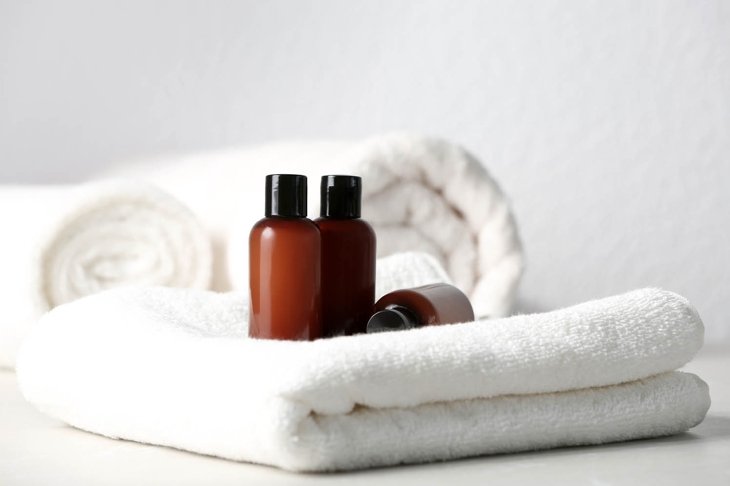 Not washing your hair every day, and as little as once a week, can help stabilize sebum production. To prevent buildup of dust and dirt on your scalp between washes, rinse your hair every few days with water.
Not washing your hair every day, and as little as once a week, can help stabilize sebum production. To prevent buildup of dust and dirt on your scalp between washes, rinse your hair every few days with water.
03
The Problem: Rough towel drying
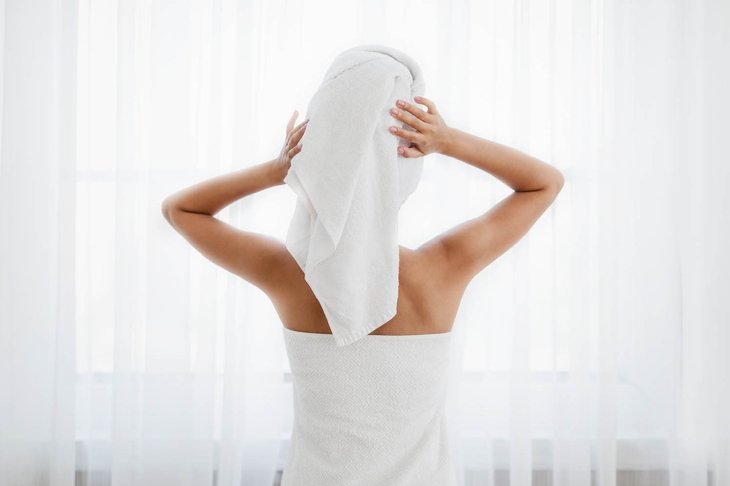 Hair is extra vulnerable to damage when it’s wet. Getting out of the shower and vigorously rubbing your hair with a towel can lead to damaged, frizzy hair.
Hair is extra vulnerable to damage when it’s wet. Getting out of the shower and vigorously rubbing your hair with a towel can lead to damaged, frizzy hair.
Advertisement
04
The Fix: Stop the friction
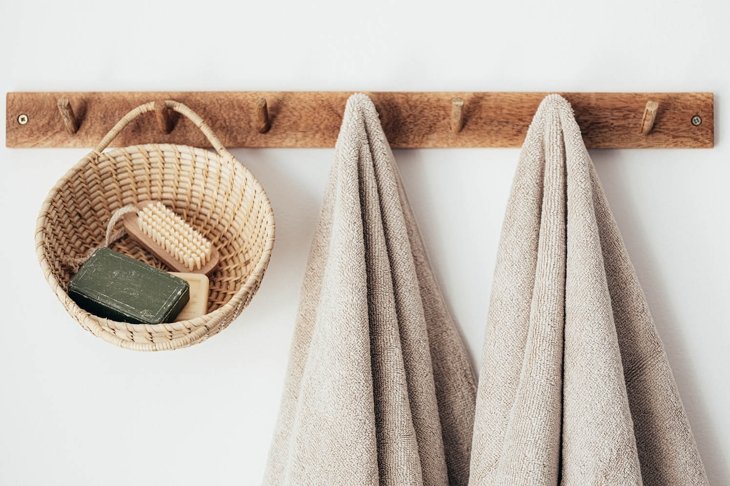 When it comes to hair, less friction means less damage, especially when it’s wet. Instead of rubbing or wringing out your wet hair to dry it, gently wrap it in a towel or let it air dry.
When it comes to hair, less friction means less damage, especially when it’s wet. Instead of rubbing or wringing out your wet hair to dry it, gently wrap it in a towel or let it air dry.
05
The Problem: Harsh brushing and combing
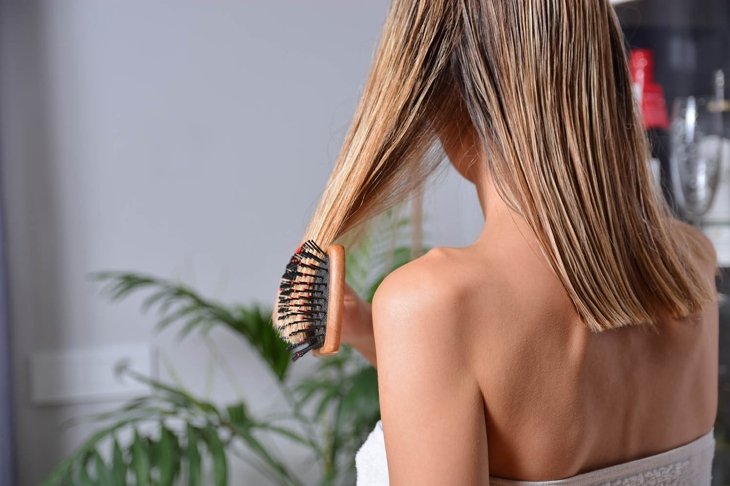 Too much brushing and combing can cause spilt ends, and will cause your hair to become prone to further breakage. Because hair is especially susceptible to damage when wet, running a brush through your hair after getting out of the shower should be avoided.
Too much brushing and combing can cause spilt ends, and will cause your hair to become prone to further breakage. Because hair is especially susceptible to damage when wet, running a brush through your hair after getting out of the shower should be avoided.
06
The Fix: Easy Does it
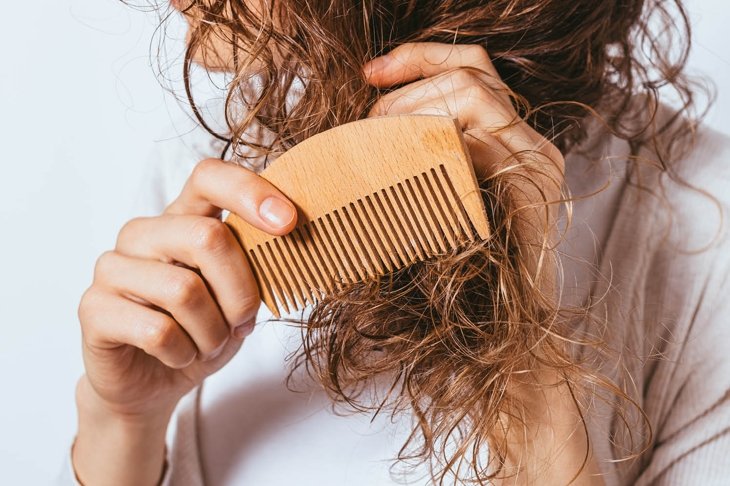 Be as gentle as possible when brushing or combing your hair. Limiting brushing and combing to only the times you need to style your hair will help prevent breakage. If tangles appear, be careful to remove them gently, using a moisturizing conditioner if needed. If you must comb your hair when it’s damp, make sure to use a wide tooth comb and work it through your hair gently, starting from the bottom and working your way up.
Be as gentle as possible when brushing or combing your hair. Limiting brushing and combing to only the times you need to style your hair will help prevent breakage. If tangles appear, be careful to remove them gently, using a moisturizing conditioner if needed. If you must comb your hair when it’s damp, make sure to use a wide tooth comb and work it through your hair gently, starting from the bottom and working your way up.
An extra tip
Regular trimming will keep your split ends at bay and help make sure your comb can run smoothly through your luscious locks.
Advertisement
07
The Problem:All that heat
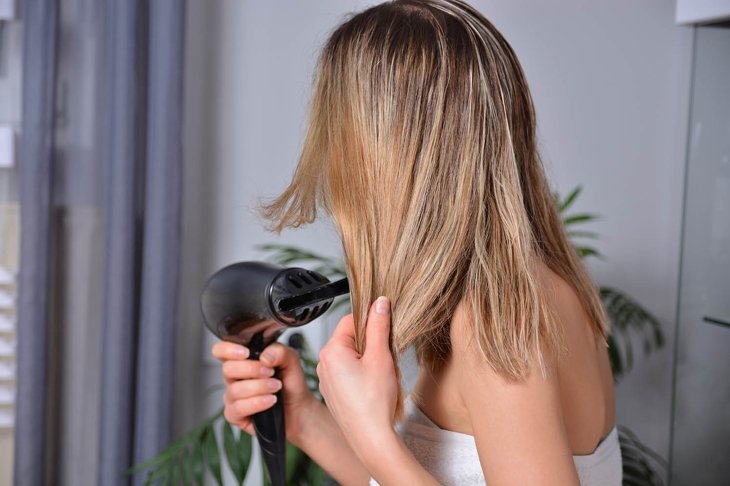 Too much blow drying, straightening, and curling is a common bad hair care practice, and it can all add up to a lot of high heat and damage for your hair. Heat styling can be especially harmful to your hair if there is moisture present. The heat from the curling iron or straightener can cause the water to turn to steam, damaging the hair shaft.
Too much blow drying, straightening, and curling is a common bad hair care practice, and it can all add up to a lot of high heat and damage for your hair. Heat styling can be especially harmful to your hair if there is moisture present. The heat from the curling iron or straightener can cause the water to turn to steam, damaging the hair shaft.
08
The Fix: Style gently
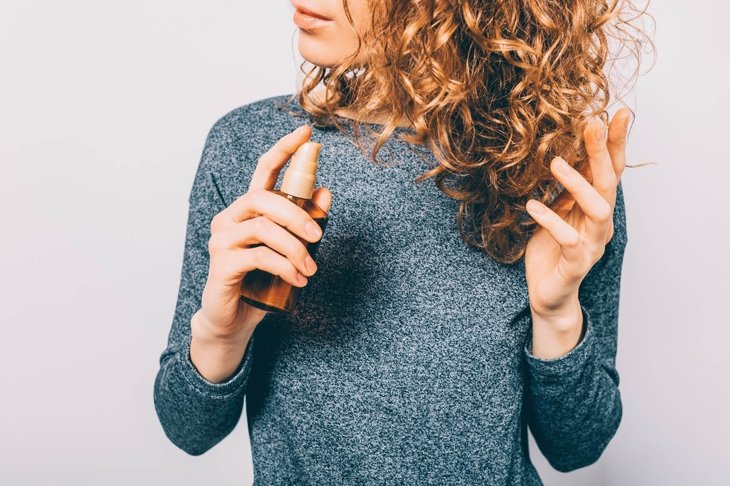 Limiting heat styling and letting your hair air dry as much as possible will save it from heat damage in the first place. If you must use heat styling tools, use them gently: Allow your hair to fully air dry before turning on your blow dryer, use a heat protectant, select a low or medium heat setting, and limit the amount of time that heat is in contact with your hair.
Limiting heat styling and letting your hair air dry as much as possible will save it from heat damage in the first place. If you must use heat styling tools, use them gently: Allow your hair to fully air dry before turning on your blow dryer, use a heat protectant, select a low or medium heat setting, and limit the amount of time that heat is in contact with your hair.
09
The Problem: Tight hairstyles and grabby hairbands
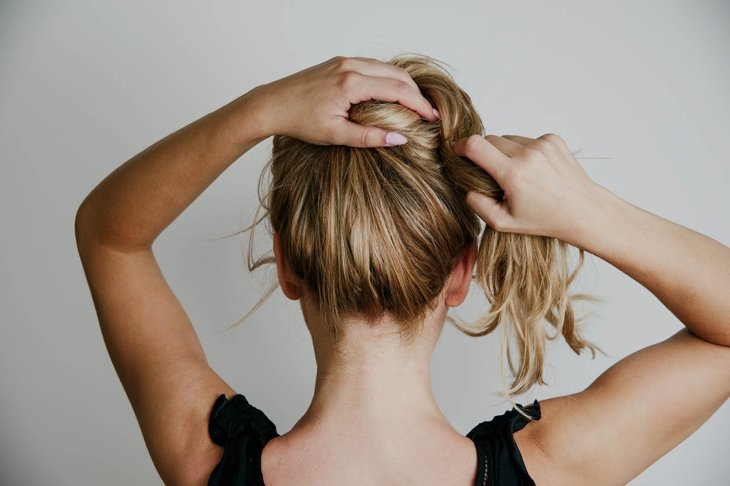 Tight braids, buns, and ponytails, as well as hair extensions, can all pull on the hair, creating tension and breakage. Wearing your hair in tight styles regularly can even lead to a type of hair loss called traction alopecia, which can be permanent. Using cheaper options like grabby, uncovered hair bands can also pull, break, and tangle hair.
Tight braids, buns, and ponytails, as well as hair extensions, can all pull on the hair, creating tension and breakage. Wearing your hair in tight styles regularly can even lead to a type of hair loss called traction alopecia, which can be permanent. Using cheaper options like grabby, uncovered hair bands can also pull, break, and tangle hair.

The Fix: Loosen up
To save your tresses, opt for hair styles that don’t create tension on your hair and always use hair-friendly tools, like covered hair ties. Switching up your styles, rather than wearing your hair the same way every day, can also help avoid hair damage that comes with repeated and persistent tension. Above all, be gentle.





